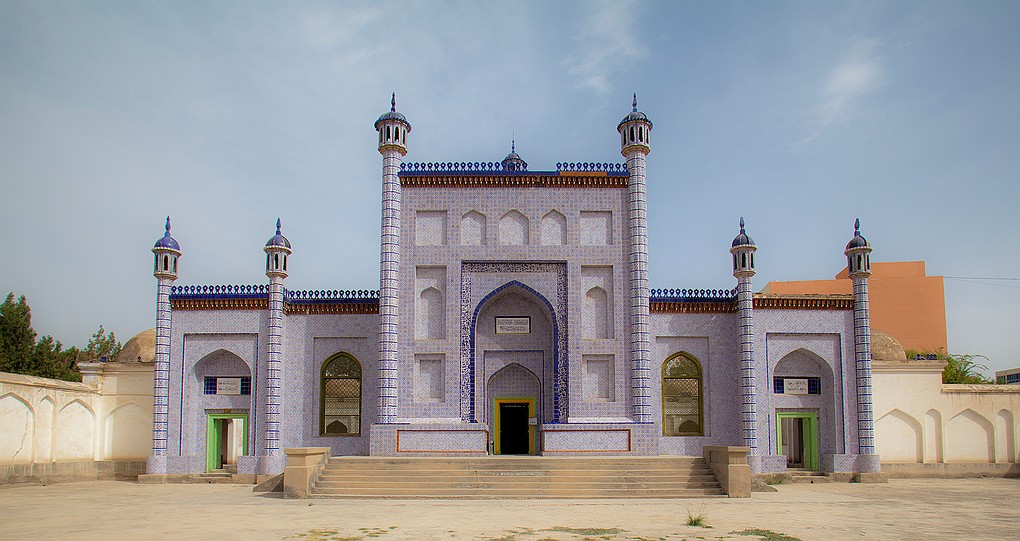Musa Sayrami: A Historian's Journey through the Kashgaria's Turbulent Past

Musa Sayrami was born in the village of Sayram, located northwest of Kucha in what is now Bay County. He received his education at the madrassah of Mulla Osman Akhund in Kuqa, where he befriended Mahmudin, the son of Burhān al-Dīn Khoja, a prominent figure in the Khoja clan.
During the early stages of the Dungan Rebellion in Uyghur Region in 1864, Musa joined the rebel Khoja Burhān al-Dīn army. He played a significant role alongside Burhan's forces at Aksu and Uchturpan, becoming Burhan's right-hand man.
Following the overthrow of the Khojas in Uqturpan in 1867, Musa Sayrami escorted the arrested Khojas to Yaqub Beg, the new ruler of the region. He subsequently found a position in Yaqub Beg's government, serving under Mirza Baba Beg as the chief revenue officer in Aksu.
Despite surviving Yaqub Beg's death and the Qing armies' reconquest of the Kashgaria in 1877, Musa spent the remainder of his life in Aksu. He dedicated his time to writing and revising his most notable work, the "Tārīkh-i amniyya" ("History of Peace"), completed in 1903. This work, written in the Chagatai language with influences from modern Uyghur, covers the history of the Western Region from ancient times to the Dungan Rebellion and the reconquest by Chinese troops in 1877.
"Tārīkh-i amniyya" was first published in 1905 by the Russian scholar N.N. Pantusov and later translated into modern Uyghur. Musa later revised and expanded his work, producing "Tārīkh-i ḥamīdi" ("History of Ḥamid") in 1908.
Modern historians regard Musa Sayrami as one of the most significant historians of Central Asia, with his works serving as vital sources of the region's recent history. Kim's translation of "Holy War In China: The Muslim Rebellion And State In Chinese Central Asia, 1864-1877" highlighted Musa's significant work during that period. Eric T. Schluessel's forthcoming English translation of "Tārīkh-i ḥamīdi" further underscores the enduring relevance of Musa Sayrami's contributions to the understanding of Xinjiang's history.



Comments
Post a Comment